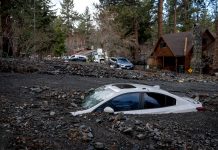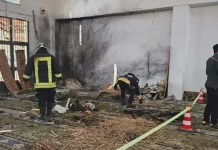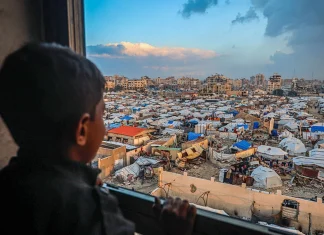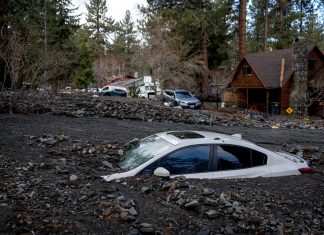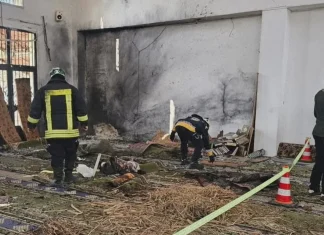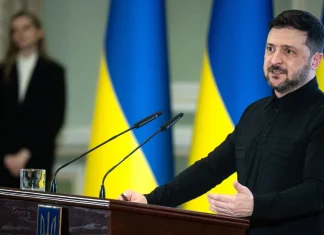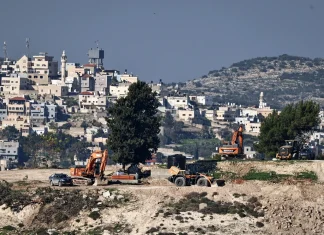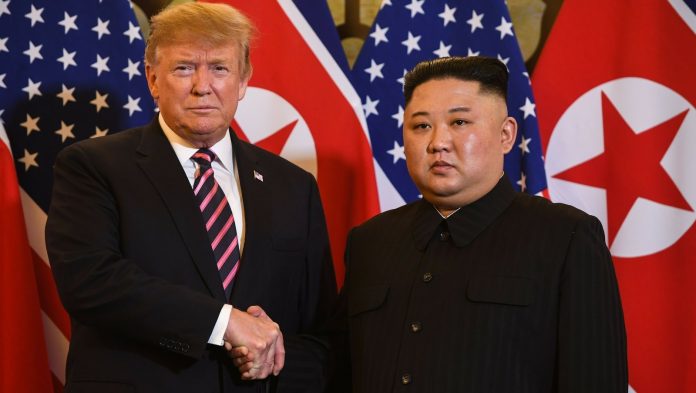
A High-Stakes Dance on the Korean Peninsula: Trump, Lee, and the Unfolding Drama of Diplomacy
There’s a peculiar rhythm to the delicate geopolitics on the Korean Peninsula—one step forward, two steps sideways, a cautious nod, and a wary glance over the shoulder. In the early days of summer 2024, beneath the gilded chandeliers of the White House’s Oval Office, a new chapter began to write itself. Against the backdrop of fraught history and living tensions, US President Donald Trump welcomed South Korea’s freshly elected leader, Lee Jae-myung, setting the stage for a summit blending old wounds, hopeful promises, and stark realities.
The Meeting of Minds – Or Worlds?
What is remarkable about this rendezvous was not just the crossing of the Pacific but the collision of ideologies and histories. President Lee, a progressive labor rights lawyer-turned-statesman known for his dovish stance, stepped into the White House with a vision that clashed and conversed with Trump’s bombastic style and transactional approach. Yet despite their divergent political DNA, moments of warmth and mutual praise flowed freely.
“Mr. Trump is not just a keeper of peace,” Lee remarked warmly, his voice echoing a certain earnestness common to Korean leaders hoping for stability. “He is a maker of peace.”
Trump, in his typically brash fashion, recounted his own complex rapport with Kim Jong Un—North Korea’s young, enigmatic leader. Reflecting on three summits held in the rollercoaster years of his presidency, Trump claimed to know Kim “better than anybody else, almost other than his own sister.” He voiced hope that new meetings might unfold within the year.
“He was very good with me,” Trump told reporters, recalling the tense, surreal moments of diplomacy when the two leaders broke decades of hostility with handshake gestures on the Korean soil and through televised smiles. “Someday I’ll see him again.”
The ‘Trump Tower’ in Pyongyang Fantasy
Lee injected a moment of surreal levity, joking with a twinkle that one could almost imagine the US and North Korea forging ties so warm that a “Trump Tower” could rise in Pyongyang, where the skyline is as much a monument to isolation as to power. He even quipped about playing golf there—an image that circles the traumatic memories of Cold War brinkmanship and nuclear threats with unlikely warmth.
“Mr. Kim will be waiting for you,” Lee said, drawing attention to a rare moment of North Korean propaganda that praised Trump’s rapport as better than South Korea’s own. It’s almost unthinkable, yet these gestures reveal how deeply intertwined personal dynamics still are with statecraft on the Korean Peninsula.
The Stark Reality: North Korea’s Unyielding Arsenal
Yet beneath the lighthearted banter lurked the harsh, uncompromising realities. Lee warned that despite international sanctions and diplomatic pressure, North Korea is hurtling towards a dangerous new plateau, with its nuclear arsenal rapidly expanding.
“The hard truth,” Lee said during a speech at the Center for Strategic and International Studies, “is that North Korea could soon produce 10 to 20 nuclear weapons annually, alongside missiles capable of striking the continental United States.”
This sobering outlook contrasts sharply with the hopeful veneer of diplomacy. North Korea’s recent actions, such as dispatching thousands of troops to support Russia in Ukraine’s war, signal an emboldened regime empowered by alliances outside the Western orbit. Kim’s regime has doubled down on its nuclear program and stiffened its refusal to denuclearize.
From Conflict to Diplomacy: Lee’s Balancing Act
Lee’s own political ascent followed the impeachment of former President Yoon Suk Yeol, whose hawkish approach made headlines with martial law and tense military posturing. Lee stepped cautiously, toning down aggressive rhetoric—halting loudspeaker broadcasts blasting anti-Kim propaganda and signaling yearning for dialogue. But his challenge is immense: to unlock peace without rewarding impunity, to embrace talks without dismissing threats.
Many in South Korea watch with a mix of hope and anxiety. Park Sung-min, a Seoul-based analyst, notes, “Lee’s approach reflects a generational shift—past presidents fixated on military strength, Lee prioritizes economic engagement and humanitarian concerns. But the North’s nuclear ambition looms like a shadow no policy can ignore.”
The Business of Alliances: Jets, Troops, and Bases
In this high-stakes game of geopolitics, business undercurrents run strong. Korean Air’s announcement during the visit to purchase over 100 aircraft from Boeing underscores how security alliances intricately link to commercial interests. Trump, known for skillfully leveraging diplomacy to boost American industry, pressed for increased compensation from Seoul regarding the 28,500 US troops stationed in the country.
“We spent vast sums to build a fort here,” Trump said, hinting bluntly at reels of maintenance, leases, and military expenses the US shoulders. “I want to see if we can get ownership of the land for our biggest bases, not just a lease.” This proposal sparked déjà vu fears among South Korean progressives, wary of signs the land might slip into American hands permanently, evoking old memories of sovereignty tensions.
The Lingering Scars of History: Comfort Women and Japan
No conversation about Korean peninsula politics would be complete without nodding to history’s painful wounds. Trump did not shy away, raising the sensitive issue of “comfort women”—the tens of thousands of Korean women forced into sexual slavery under Japanese colonial rule from 1910 to 1945.
South Korea’s left-wing communities have long condemned Japan’s handling of the issue, viewing past compensation agreements as insufficient and insincere. Yet Lee’s symbolic visit to Tokyo en route to the White House was hailed by Trump, signaling a nuanced effort at healing deteriorated trilateral ties: a trifecta of hardened histories, economic partnerships, and shared security concerns with the US as mediator.
Looking Beyond the Peninsula: What’s at Stake?
For global readers, what lessons does this unfolding drama hold? The Korea dialogue is never isolated; it reverberates through the corridors of global power, tinged with fears of nuclear proliferation, alliance dynamics between China, Russia, the US, and neighbors. It’s a tinderbox wrapped in decades of division but also a canvas for diplomacy’s enduring dream.
Ask yourself: How do powerful countries balance deterrence with dialogue? When does goodwill become naive appeasement? Is the personalization of diplomacy, as exemplified by Trump and Kim’s curious rapport, a genuine path to peace or an unpredictable gamble?
American scholar Dr. Helen Park reflects: “The Korean Peninsula is a crucible where history, ideology, and personal relationships intersect. Diplomacy here is less a chess game and more a storm of shifting winds. Leaders like Lee and Trump must navigate currents shaped as much by emotion as by strategy.”
As the world watches, we are reminded that peace on the Korean Peninsula—so tantalizingly close and yet so elusive—is a mirror holding up complex truths about power, memory, and the human hopes entwined in diplomacy’s fragile threads.
In This Moment
Here in Washington, with all the pomp and pompous spectacle, a story as old as conflict itself unfolds. It’s a tale of leaders carrying a weight that can tilt the balance from peace to peril. As Lee and Trump shook hands and shared visions of golf courses and Trump Towers in Pyongyang, the real question lies not in the photo ops, but in what they will build beyond words.
Will the Peninsula see a thaw, or will the cold harbor deepen?
Only time—and trust—will tell.



